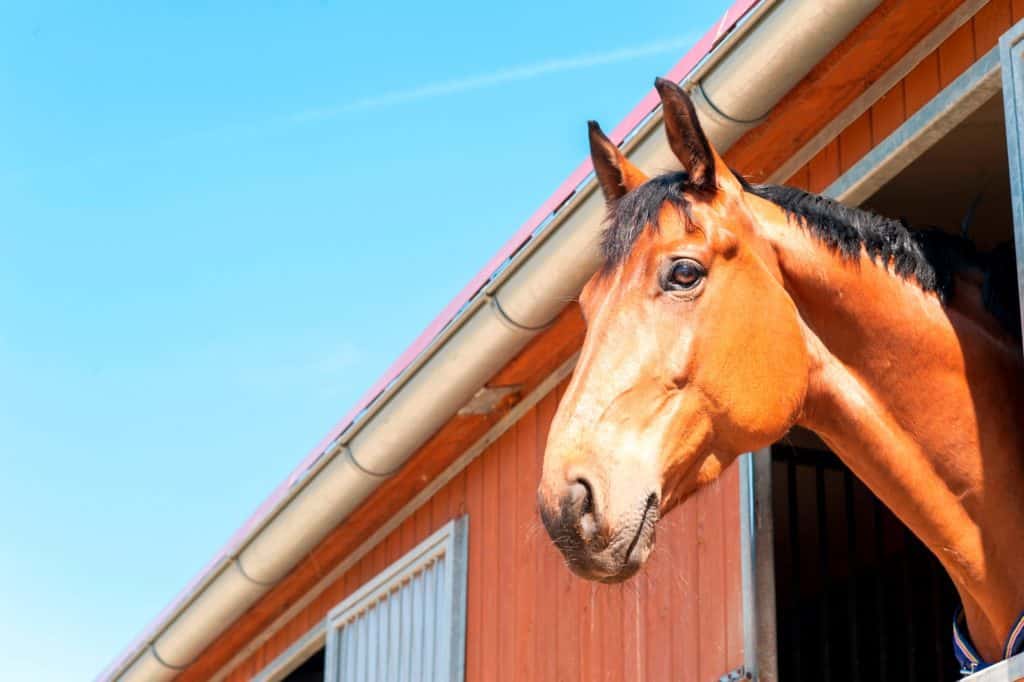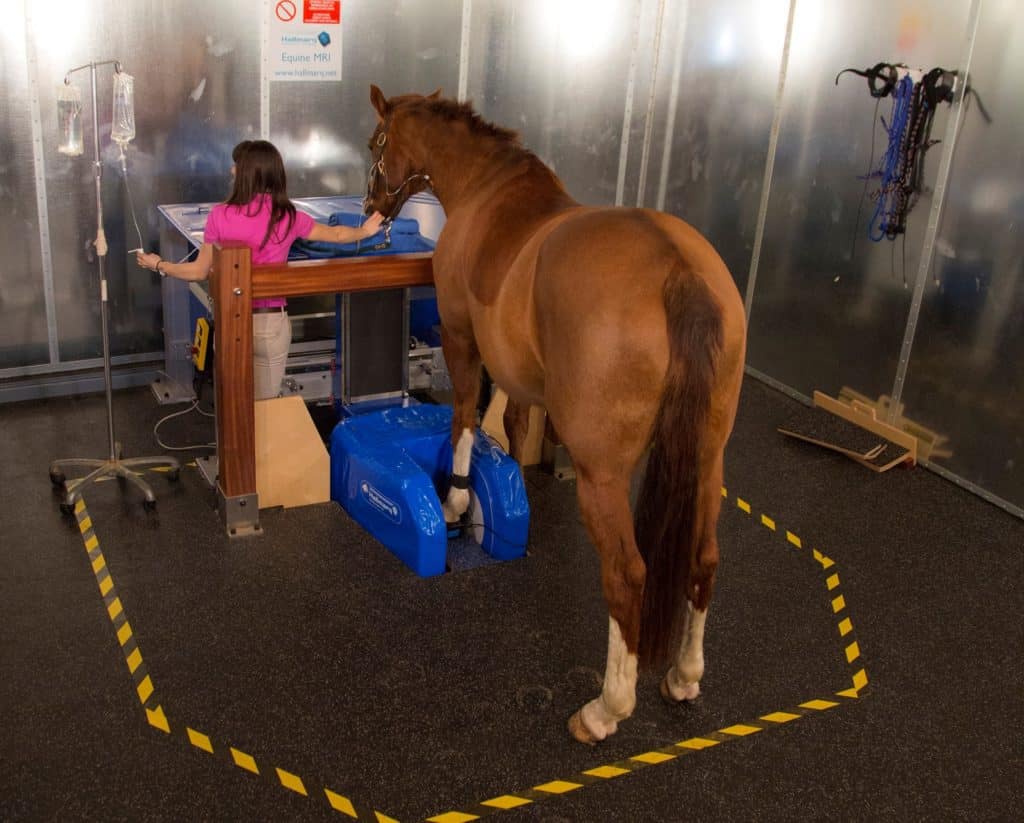
Podcast: Science of Prediction to Prevent Racehorse Injuries
Drs. Tim Parkin and Sarah Plevin describe studies focused on predicting injury before it occurs.
News and issues for equine health professionals

Drs. Tim Parkin and Sarah Plevin describe studies focused on predicting injury before it occurs.
Proceeds from a golf tournament and the annual Foundation Celebration will support the AAEP Foundation.

A French genetics team determined a common breeding pool is not only realistic but also preferable.

Farriers should practice smart biosecurity to prevent potential equine disease spread among properties.

Many elements must remain within a normal range for a horse’s mouth to stay healthy.

Genomic tools could help address horse health problems that couldn’t be resolved with earlier technologies.

Asymptomatic carrier stallions maintain infectious agents in the breeding population from one season to the next.

“Genomics” covers all aspects of genes, including structure and function. Here’s what equine researchers are learning.

The British survey results also suggest that lamenesses are more likely to originate in the limb than in the foot.

Work with your veterinarian to develop an individualized risk-based deworming plan tailored to your horse’s needs.

Researchers found that standing MRI is effective for viewing the difficult-to-image ligaments in the horse’s lower legs.
Dr. Norm Ducharme will speak on various upper airway issues, current research, and emerging diagnostics and treatments.

Being able to identify horses at increased risk of developing laminitis is key to reducing its incidence.

The incidence of Lyme NB appears low, but this could be, in part, due to the lack of a gold-standard ante-mortem test.

More than 310 of the world’s 1,900 Przewalski’s horses live in the breeding herd in Hungary’s Hortobagy National Park.

Hydrotubation involves passing an endoscope through the cervix and uterus into the oviduct and flushing it with saline.
Stay on top of the most recent Horse Health news with
"*" indicates required fields